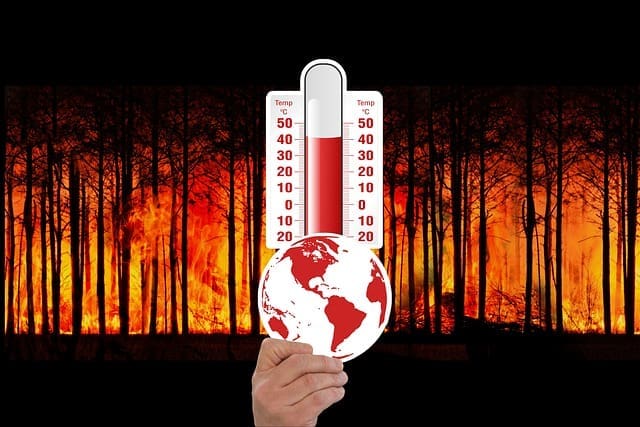Stanford and Colorado State University researchers have harnessed the power of machine learning to uncover the true impact of global warming on extreme weather, revolutionizing climate science.
In a new study published in Science Advances, researchers from Stanford University and Colorado State University have unveiled a new approach that uses artificial intelligence (AI) to measure how much global warming has intensified heat waves in recent years. This method could transform the way scientists study and predict the effects of climate change on extreme weather events worldwide.
Led by Jared Trok, a PhD student in Earth system science at Stanford Doerr School of Sustainability, the team developed an AI model capable of analyzing specific heat waves and estimating how much hotter they became due to global warming. The study focused on real-world cases like the devastating 2023 Texas heat wave, revealing that global warming had made it 1.18 to 1.42 degrees Celsius (2.12 to 2.56 F) hotter than it would have been otherwise.
“We’ve seen the impacts that extreme weather events can have on human health, infrastructure, and ecosystems,” said Trok. “To design effective solutions, we need to better understand the extent to which global warming drives changes in these extreme events.”
The AI model was trained on a vast database of climate simulations, stretching from 1850 to 2100. Once calibrated, it used actual weather data from specific heat waves to predict how those events would have played out under different levels of global warming. This innovative approach offers a rapid, low-cost way to analyze the influence of climate change on extreme weather, without the need for expensive new climate model simulations.


The implications of this research are profound. The AI model not only accurately predicted the severity of past heat waves but also forecasted the potential frequency of such events under higher global temperatures. For instance, heat waves as severe as those seen in Europe, Russia, and India over the past 45 years could become common occurrences if global temperatures rise to 2.0 degrees Celsius above pre-industrial levels – a threshold the world is alarmingly close to reaching. Global warming is currently approaching 1.3 C above pre-industrial levels.
“Machine learning creates a powerful new bridge between the actual meteorological conditions that cause a specific extreme weather event and the climate models that enable us to run more generalized virtual experiments on the Earth system,” explained Noah Diffenbaugh, the study’s senior author and professor of Earth system science at Stanford. “AI hasn’t solved all the scientific challenges, but this new method is a really exciting advance that I think will get adopted for a lot of different applications.”
This new method could have far-reaching effects, enabling faster, more precise analyses of how global warming influences extreme weather, crucial for developing climate adaptation strategies. The findings could also play a pivotal role in climate-related lawsuits, where understanding the contribution of global warming to specific events is essential.
As the world grapples with the increasing frequency and intensity of extreme weather, this AI-driven method provides a powerful tool to better understand and prepare for the challenges ahead. Trok and his team plan to refine their AI models further and extend their analysis to other types of extreme weather, aiming to improve predictions and expand the impact of their research.
“We hope that this study helps promote future research into using AI to improve our understanding of how human emissions influence extreme weather,” said Trok, “helping us better prepare for future extreme events.”
Journal Reference:
Jared T. Trok, Elizabeth A. Barnes, Frances V. Davenport and Noah S. Diffenbaugh, ‘Machine learning–based extreme event attribution’, Science Advances 10, eadl3242 (2024). DOI: 10.1126/sciadv.adl3242
Article Source:
Press Release/Material by Stanford University
Featured image credit: davidsenterprises | Pixabay




